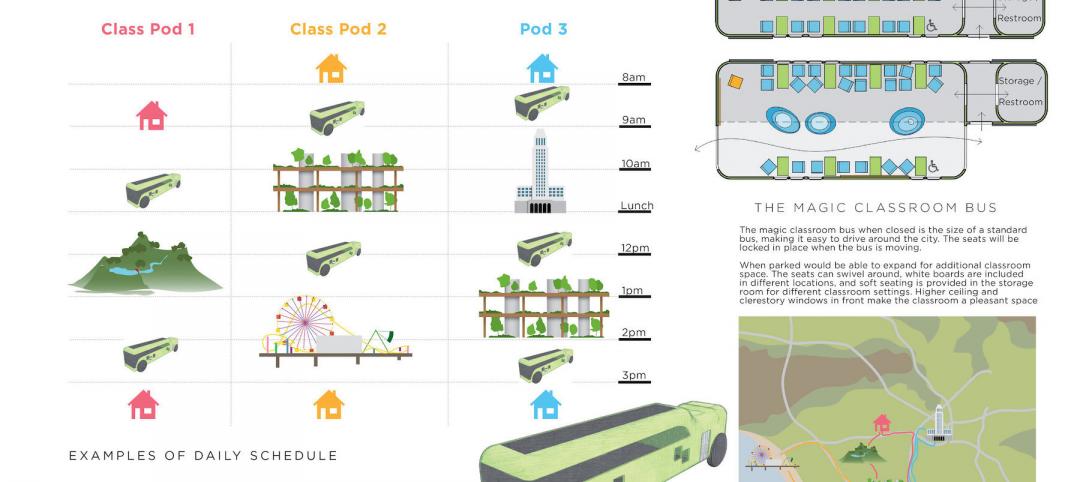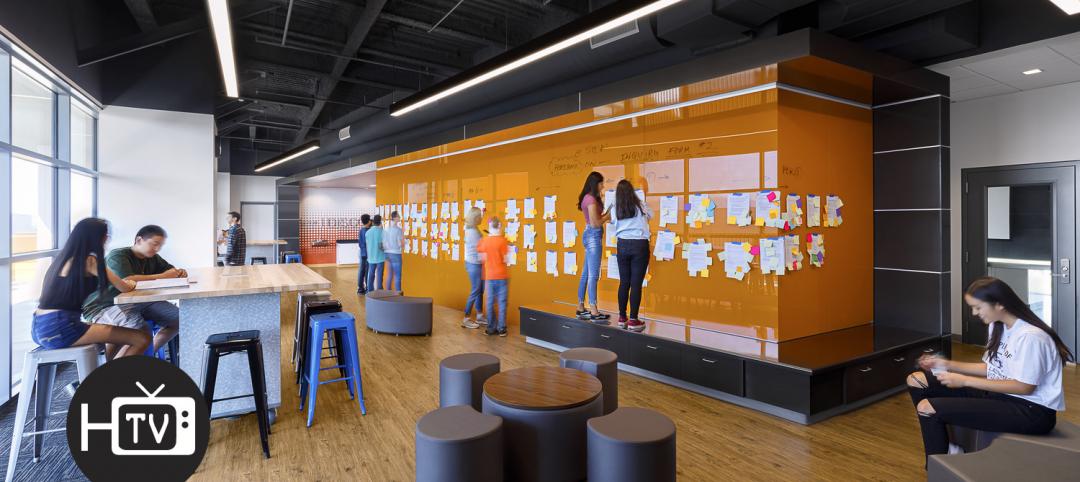Rotherhithe is a peninsula district located 4.5 kilometers east of central London. The district is directly adjacent to the 53-acre Canada Water, a four-billion-British pound (US$4.8 billion) mixed-use redevelopment that, when completed, will create a new town center with 3,000 homes, two million sf of office space, one million sf of retail/leisure/entertainment/community spaces, and 12 acres of new public space. The 35 to 40 buildings at Canada Water will be net-zero energy by 2030. Phase one of this project is scheduled for completion in the third quarter of 2024.
Canada Water and Rotherhithe are within the borough of Southwark, whose Council commissioned the architecture firm IF_DO to design The Hithe, a 200-sm (2,153-sf) building on what had been a vacant 283-sm lot in Rotherhithe, that provides 12 units of business incubator workspace for startups.
The key to this building is that it can be disassembled and relocated relatively easily and as needed. The Hithe was completed at a construction cost of 400,000 pounds in late 2021, and started accepting tenants in early 2022.
IF_DO designed The Hithe (whose name harkens back to the Old English term for a landing place or small port) in collaboration with the social enterprise Meanwhile Space, which is also leasing the largest unit in the building; the general contractor and fabricator Weber Industries; and the structural engineer Elliott Wood Partnership. The Council identified the “meanwhile” use of The Hithe as up to 11 years, at which point it is likely to be taken down and reassembled in another location as the district’s redevelopment evolves.
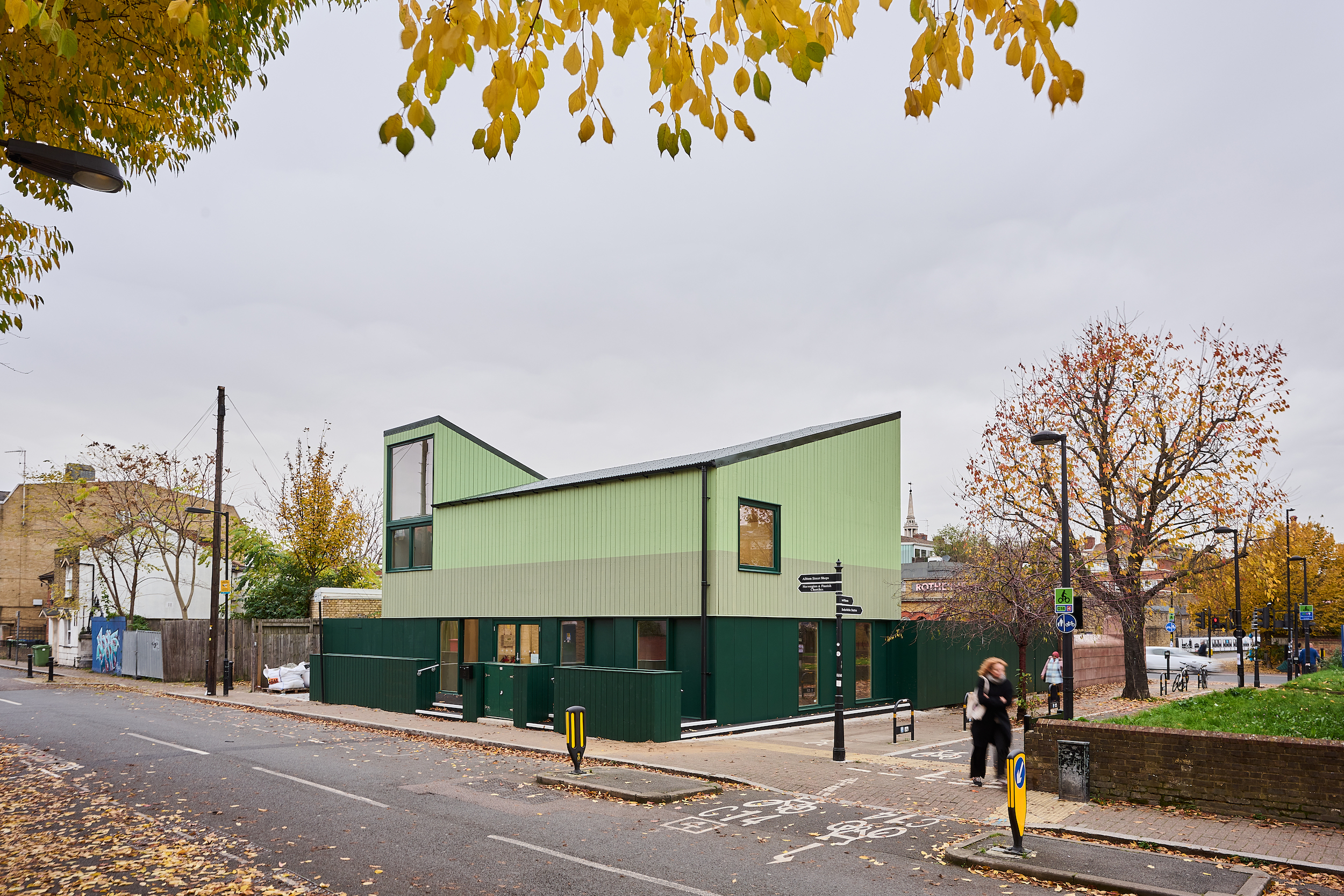
IF_DO refers to The Hithe as “social infrastructure,” and contends that it acts as a “hinge” between the existing community and the new developments around it.
Eddie Bridgeman, Meanwhile Space’s Executive Director, explains that shipping containers—previously a “go-to” option for temporary buildings—would have been the wrong aesthetic choice for the Rotherhithe project. “To re-use the building again and again, maintain a quality structure and look that could be tweaked for different locations, we needed an alternative.”
Thomas Bryans, RIBA, IF_DO’s Director, adds that the community wanted a building that didn’t look temporary. “We have had conversations with Meanwhile Space for a while about the potential of relocatable micro work units, and The Hithe was the perfect opportunity to start testing some of those ideas.”
Indeed, prior to its involvement in The Hithe, If_DO had designed for Meanwhile Space a 350-sm short-term refurbishment on Lower Marsh, Waterloo, called Granby Space, which closed after five years. The Hithe, states IF_DO, “represents a departure for Meanwhile Space,” its first full-blown venture into circularity, the concept of reusing redundant space and materials more productively and to lower a building’s carbon footprint and waste.
Bryans tells BD+C that his firm is “constantly investigating” circularity. He points specifically to a recent project IF_DO designed for U.K. property developer Related Argent that wrapped an electrical substation at Brent Cross Town in North West London with a massive kaleidoscopic piece of public art made mostly of piping from the oil industry.
For The Hithe, IF_DO consulted Circular Construction in Regenerative Cities (CIRCuIT), particularly during the project’s technical design stage. One of CIRCuIT’s “key inputs,” says Bryans, was factoring the life cycle and carbon analysis costs into the impact of designing for disassembly and reuse, compared to more traditional forms of construction.
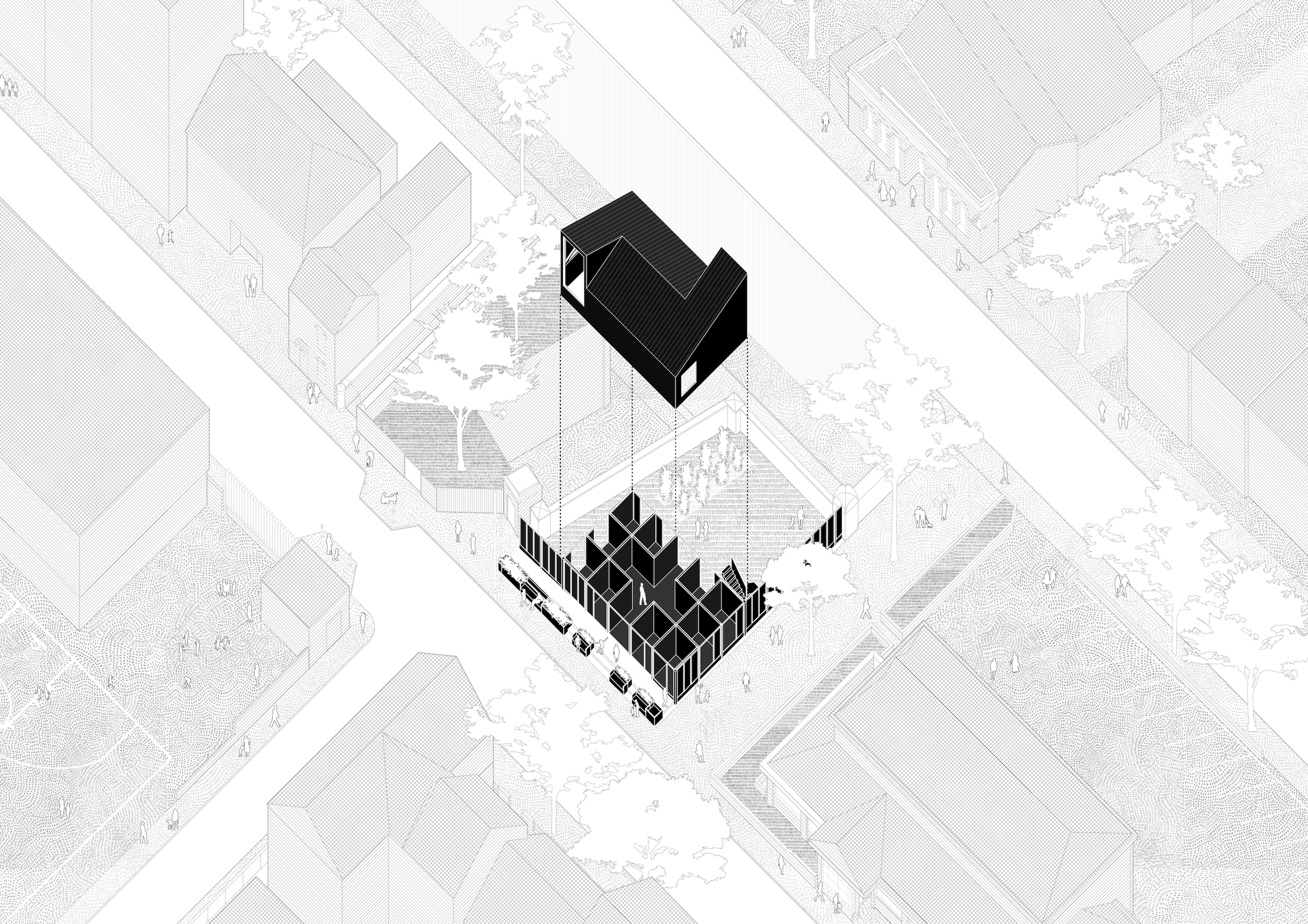
The Hithe was constructed using lightweight steel and timber framing. Bryans says almost all of the building’s components were prefabricated in Weber Industries’ workshop near the jobsite. The ground floor of the building was designed as volumetric modules to make their future relocation easier, and the first floor with panelized glulam framing and structural insulated panels (SIPs) that were built onto existing foundations, remnants of three houses that had been demolished many years earlier.
Inside The Hithe, the timber structure and services are exposed. Its studios are arranged around a ground-floor gathering space that is linked to a kitchen and a yard to the north of the site that has been transformed into a planted outdoor social space. Two larger workspaces are located on the first floor. And all the units are accessed externally, thereby reducing the need for circulation corridors.
“Our vision for a fully demountable building that acts as a beacon for Albion Street has come to life,” says Helen Dennis, Southwark Council’s cabinet member for climate emergency and sustainable development. “This sustainable hub can be redeployed to sites across the borough, meaning in term other areas can reap similar economic and social rewards.”
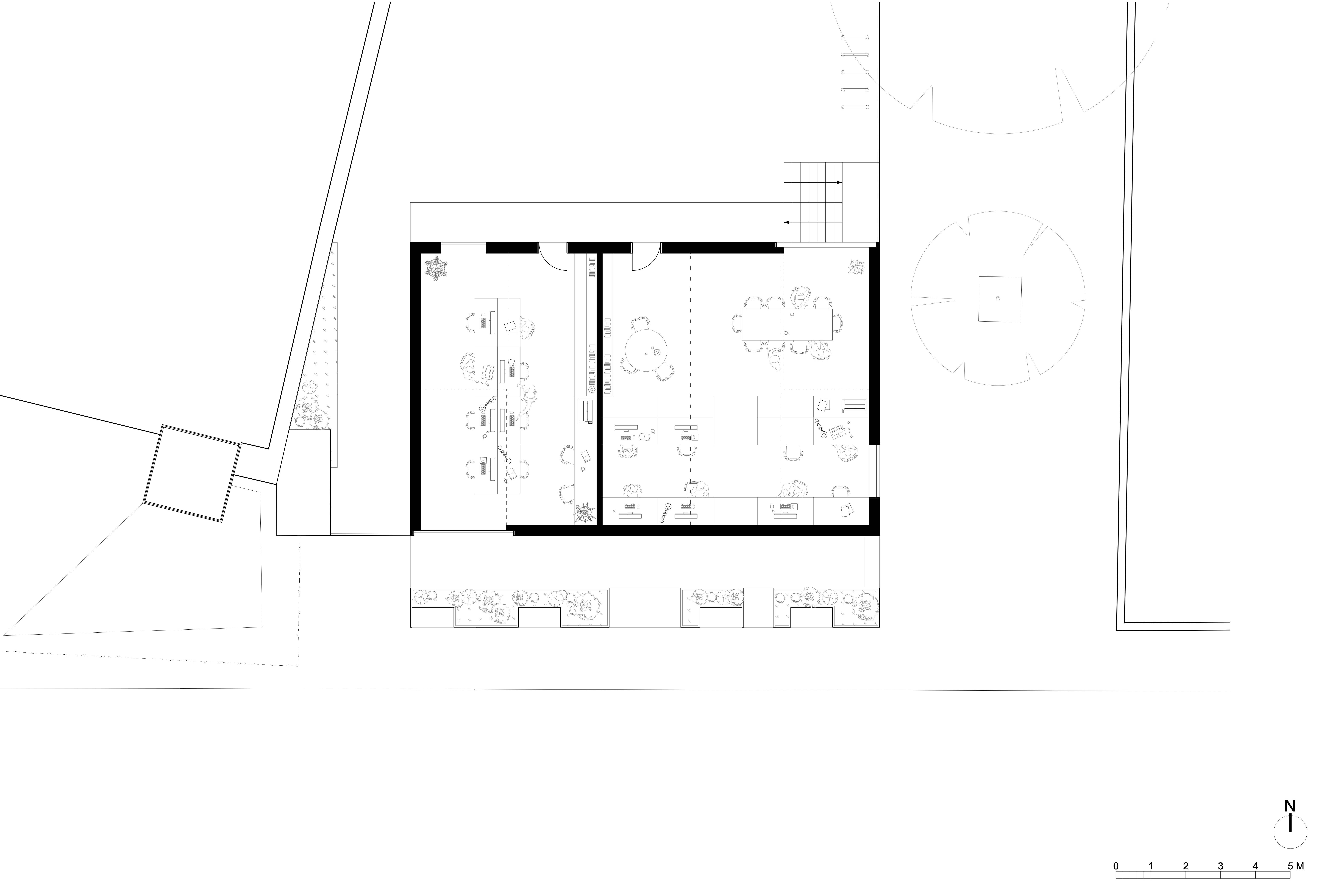
Related Stories
K-12 Schools | Nov 10, 2021
K-12 school design innovation: 'Learning Everywhere' and the mobile classroom
Last September, AIA San Francisco awarded the Professional Category in its 2021 Future Classroom Competition to a five-person team from Culver City, Calif.-based Berliner Architects. The firm was selected for its “Learning Everywhere” idea that features a mobile strategy for education at school, home, on field trips, and in transit. BD+C's John Caulfield discuss that concept with Richard Berliner, AIA, Principal, Berliner Architects.
Architects | Nov 9, 2021
Download BD+C’s 2021 Design Innovation Report
AEC and development firms share where new ideas come from, and what makes them click.
Glass and Glazing | Sep 30, 2021
Plans move forward on Central Place Sydney, duel towers with an AI-driven façade system
SOM and Fender Katsalidis are designing the project.
Sports and Recreational Facilities | Aug 25, 2021
The rise of entertainment districts and the inside-out stadium
Fiserv Forum, home to the 2021 NBA Champion Milwaukee Bucks, proved that the design of the space outside a stadium is just as important as inside.
Wood | Jul 16, 2021
The future of mass timber construction, with Swinerton's Timberlab
In this exclusive for HorizonTV, BD+C's John Caulfield sat down with three Timberlab leaders to discuss the launch of the firm and what factors will lead to greater mass timber demand.
K-12 Schools | Jul 9, 2021
LPA Architects' STEM high school post-occupancy evaluation
LPA Architects conducted a post-occupancy evaluation, or POE, of the eSTEM Academy, a new high school specializing in health/medical and design/engineering Career Technical Education, in Eastvale, Calif. The POE helped LPA, the Riverside County Office of Education, and the Corona-Norco Unified School District gain a better understanding of which design innovations—such as movable walls, flex furniture, collaborative spaces, indoor-outdoor activity areas, and a student union—enhanced the education program, and how well students and teachers used these innovations.
Multifamily Housing | Jun 30, 2021
A post-pandemic ‘new normal’ for apartment buildings
Grimm + Parker’s vision foresees buildings with rentable offices and refrigerated package storage.
Office Buildings | Jun 10, 2021
The future of the workplace is social clubs
Office design experts from NELSON Worldwide propose a new concept for the workplace, one that resembles the social clubs of the past.
Digital Twin | May 24, 2021
Digital twin’s value propositions for the built environment, explained
Ernst & Young’s white paper makes its cases for the technology’s myriad benefits.
Wood | May 14, 2021
What's next for mass timber design?
An architect who has worked on some of the nation's largest and most significant mass timber construction projects shares his thoughts on the latest design trends and innovations in mass timber.



